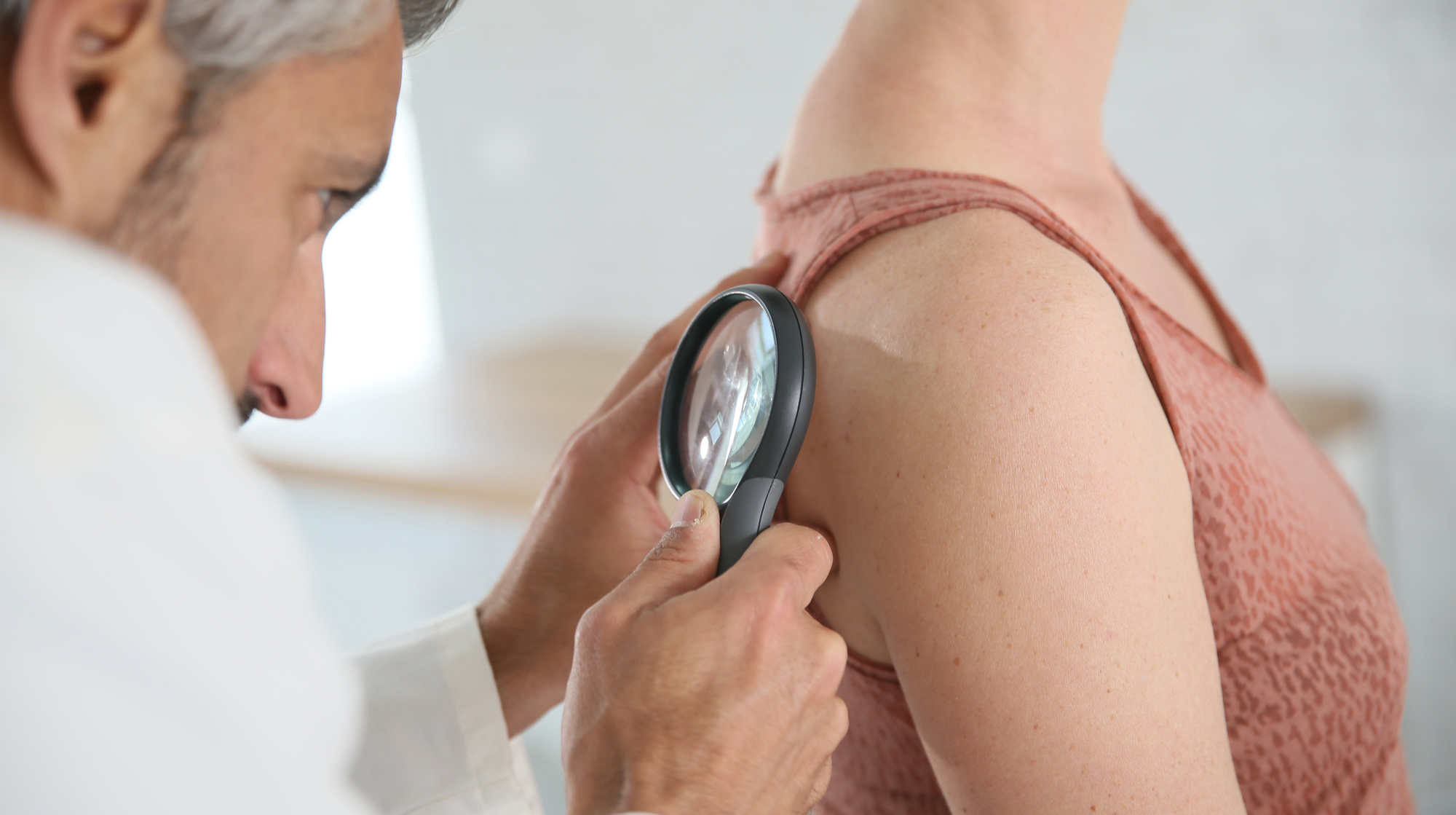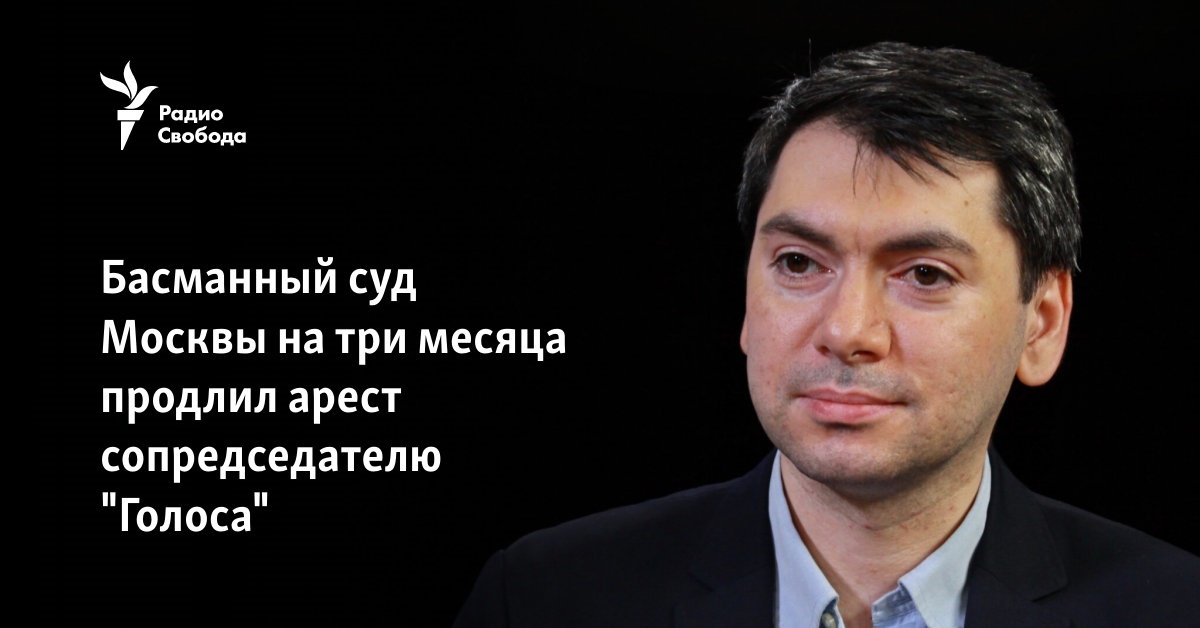what are the risks and how to solve the problem

Organ transplantation saves lives and is one of the priority areas of medical development. According to the World Health Organization, more than 150,000 organ transplants are performed in the world every year.
In Ukraine, transplantation began to develop actively only in 2019, when the relevant law was adopted. In 2022, 384 transplants were performed in our country, and in 2023 – 589, reports the Ukrainian Transplant Coordination Center.
However, both patients and doctors need to know that the transplantation of internal organs, despite all its undeniable advantages, can lead to unexpected consequences. In particular, to a serious increase in the risk of developing skin cancer.
Suppression of the immune system
I have a 60-year-old patient who had a kidney transplant 15 years ago. A few years after the transplant, he discovered small spots with peeling on his body. The man turned to a dermatologist. At first, they tried to treat it with ointments, deciding that it was a dermatological problem. But when the doctor realized that all his appointments did not help, and the neoplasms continued to increase, he referred the patient to an oncologist. He performed a biopsy and diagnosed squamous cell skin cancer.
Why did this happen? After transplantation, the human immune system perceives the transplanted organ as foreign and begins to actively fight against it. And if you do not reduce the activity of the immune system with the help of special drugs (immunosuppressive therapy), it will not allow the transplanted organ to take root. In medicine, this is called rejection of the transplanted organ.
But the fact is that people with a suppressed immune system have an increased risk of developing malignant skin tumors. They usually begin to appear three to five years after transplantation. As actually happened in the case of my patient.
Most often, skin cancers occur after kidney and heart transplants, as well as bone marrow transplantation. The least common is after a liver transplant, perhaps because it requires minimally long-term immunosuppressive therapy.
It is estimated that more than 50% of transplant recipients develop skin cancer at some point in their lives. In terms of frequency of occurrence, squamous cell skin cancer ranks first, second – melanoma, on the third – basal cell cancer.
It should be borne in mind that in people with transplanted organs, skin cancer can appear repeatedly in different parts of the body during their lifetime. The risk increases as follows:
- basal cell carcinoma – 10 times,
- squamous cell cancer – 65-100 times,
- melanoma – 2.5-5 times,
- Merkel cell carcinoma – 5-10 times,
- Kaposi’s sarcoma – 200 times.
Who is at risk?
With age, the probability of skin cancer increases regardless of transplantation. This is due to the cumulative effect of ultraviolet. Increased risk factors in transplant recipients include:
- age over 50 years at the time of transplantation;
- fair skin;
- male gender;
- skin cancer or actinic keratosis (pathological skin changes caused by direct and prolonged exposure to solar radiation) that existed before transplantation;
- infection with the human papilloma virus (HPV);
- transplantation of chest organs (need for high doses of immunosuppressive drugs).
Difficulties in treatment
There is another danger for patients who have undergone transplantation of internal organs. For the treatment of the third-fourth stage of melanoma and squamous cell skin cancer, therapy with drugs that activate the patient’s immune system is used. That is, in fact, they are aimed at the opposite effect of immunosuppression. Therefore, in 40% of patients with transplanted organs, such drugs cause rejection.
For squamous cell carcinoma of the skin, an alternative may be chemotherapy or targeted therapy, which can be used for the vast majority of patients. But with melanoma, instead of immunotherapy, only targeted therapy is possible, which is suitable only for those patients in whom the tumor has certain features – a mutation of the BRAF gene. It occurs in 50% of patients with skin melanoma, and unfortunately, without this mutation, targeted therapy does not work. Therefore, for such people, targeted therapy is ineffective, and immunotherapy is dangerous.
What to do then? Treatment decisions should be made by a team of doctors together with the patient and his family. It is explained to the patient that treatment with modern immunopreparations can lead to rejection of the transplanted organ.
I had such a patient – unfortunately, he died. A few years after the kidney transplant, he was diagnosed with melanoma of the fourth stage with spread to internal organs and the absence of a BRAF gene mutation.
After two courses of immunotherapy, his transplanted kidney stopped working and, despite all efforts, we could not save him.
However, the medical community around the world is actively working to ensure that such people are not left without help – for example, they try to prescribe immunosuppressive drugs according to a certain scheme (in a lighter mode), with a reduced dosage and with the use of corticosteroids.
What shall I do?
Unfortunately, in Ukraine there is no data on whether the number of malignant skin tumors in patients after organ transplantation has increased – currently such data are not collected. That is probably why the connection between transplantation and the development of skin cancer is not discussed at all – neither in professional circles, nor in the media. But now is the time to start talking about it.
Information. First of all, it is necessary to inform patients about the increased risk of skin cancer, talk about dangerous clinical signs, and explain the need to use sunscreen.
Our foreign colleagues recommend doing this already after transplantation, because before it, the patient thinks more about the operation and has completely different priorities. When surgery is behind us, a person begins to look to the future and listen carefully to recommendations regarding the features of a further lifestyle.
Regular check-ups with a dermatologist. Also, the medical records of such patients must state that they need to be examined by dermatologists at least once a year.
Daily use of sunscreen. It is imperative to tell people after organ transplantation about the need for sun protection. Currently, this is the only proven effective means of preventing skin cancer.
People after transplantation must have a sunscreen with a filter of at least 50. And it must be used constantly in daily life. Don’t forget long-sleeved clothes, hats and sunglasses.
Education of dermatologists. Dermatologists should very carefully examine the entire skin of patients after transplantation, not just the individual area that the patient is showing. If skin cancer is suspected, a tumor biopsy is performed.
Dermatologists should be able to solve this problem on their own if it is at an initial stage. In Ukraine, there is a dermatological surgeon specialty, and such a specialist will remove a small tumor with complete peace of mind.
Register of patients with transplanted organs. It is important that transplant patients are under special care and supervision. If nothing bothers a person, he may forget about a visit to the dermatologist, so he should be reminded about another examination. For example, we at the “Dobrobut” Oncodermatology Center recommend follow-up for 5 years to all patients after treatment of malignant skin tumors: in the first year we meet once every three months, in the second and third years – once every six months, then once a year. And I write the approximate date of the visit in my recommendations.
A special manager calls a week before the date of the visit and reminds about the need for a control inspection. Patients who have melanoma are usually very responsible about their health and come without reminders. But the rest, unfortunately, no.
My patient, mentioned at the beginning, is now closely monitoring and caring for his skin. He understood the clinical signs of skin tumors and began to consult a doctor at the stage when the tumors are still very small.
He has been actively using sunscreen for the past three years. I had my last visit six months ago – I did not find any signs of tumors. Unfortunately, this does not mean that they will not appear in the future. Therefore, he should continue to take care of protecting his skin from ultraviolet rays and visit a specialist in the treatment of malignant skin tumors at least once a year.
Maria Kukushkina, head of the Oncodermatology Center of the “Dobrobut” medical network, surgeon-oncologist, specially for UP. Life
Publications in the “View” section are not editorial articles and reflect exclusively the author’s point of view.











